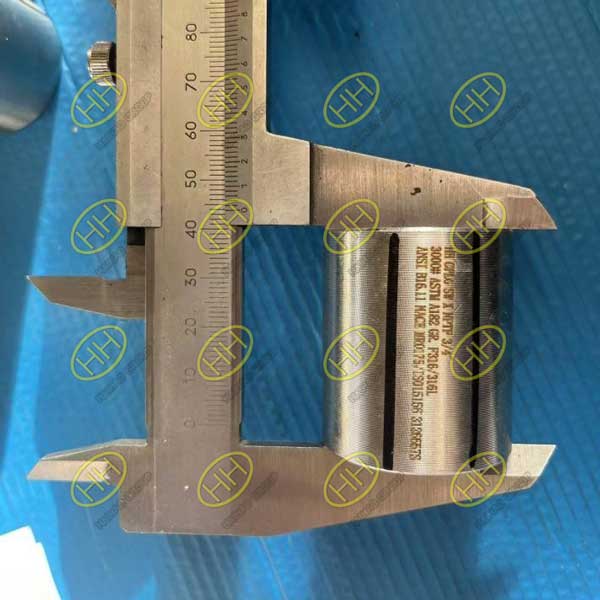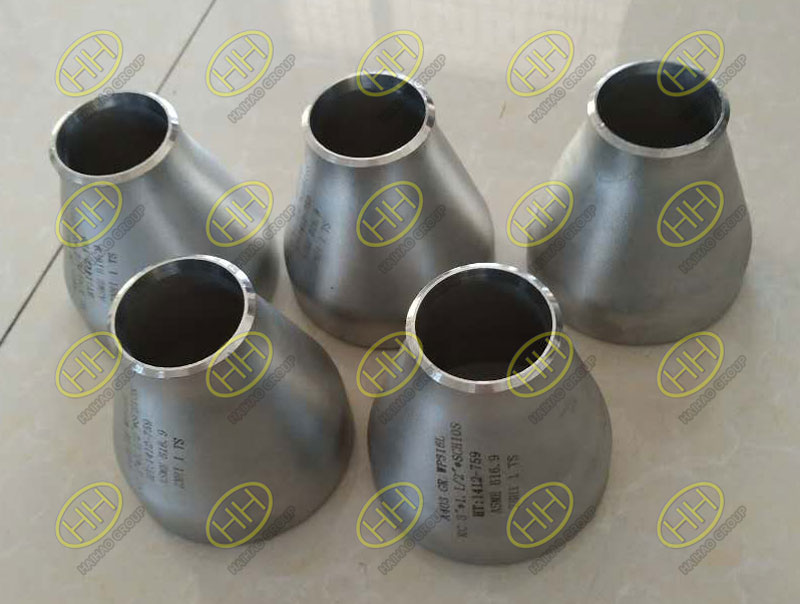Differences between ASTM A182 GR. F316/ F316L and ASTM A403 GR. WP316/ WP316L
ASTM A182 GR. F316/F316L and ASTM A403 GR. WP316/WP316L both specify 316 stainless steel but cater to different applications, manufacturing processes, and performance requirements.
1.Application
ASTM A182 GR. F316/F316L: Designed for forged components like flanges, valves, and fittings used in high-pressure and high-temperature systems. It offers superior mechanical strength and corrosion resistance.
ASTM A403 GR. WP316/WP316L: Used for welded pipe fittings like elbows, tees, and reducers in fluid transport systems. It suits low- to medium-pressure environments where weldability is essential.
2.Manufacturing Process
ASTM A182: Produced through forging and heat treatment, ensuring high density and reduced internal defects.
ASTM A403: Made via welding, cold forming, or hot forming, followed by heat treatment (e.g., solution annealing).
3.Key Properties
A182: Focuses on strength, hardness, and high-temperature performance, making it suitable for heavy-duty applications.
A403: Prioritizes weldability, plasticity, and corrosion resistance, ideal for piping systems with complex connections.
4.Low Carbon Grades (F316L vs. WP316L)
The “L” designation (low carbon) enhances resistance to intergranular corrosion, especially after welding.
F316L: Suitable for forged components in corrosive and high-stress environments.
WP316L: Designed for welded pipe systems where post-weld heat treatment may not be feasible.
5.Form and Appearance
A182: Supplied as forged blanks or finished parts with higher surface precision.
A403: Available as welded or seamless fittings tailored to pipe system requirements.
Choose ASTM A182 GR. F316/F316L for high-strength, high-pressure forged components and ASTM A403 GR. WP316/WP316L for welded pipe fittings in fluid transport systems. Both standards complement each other to meet diverse industrial needs.Email:sales@haihaogroup.com


